Home>Furniture>Kitchen Furniture>How To Set Up and Install A Kegerator
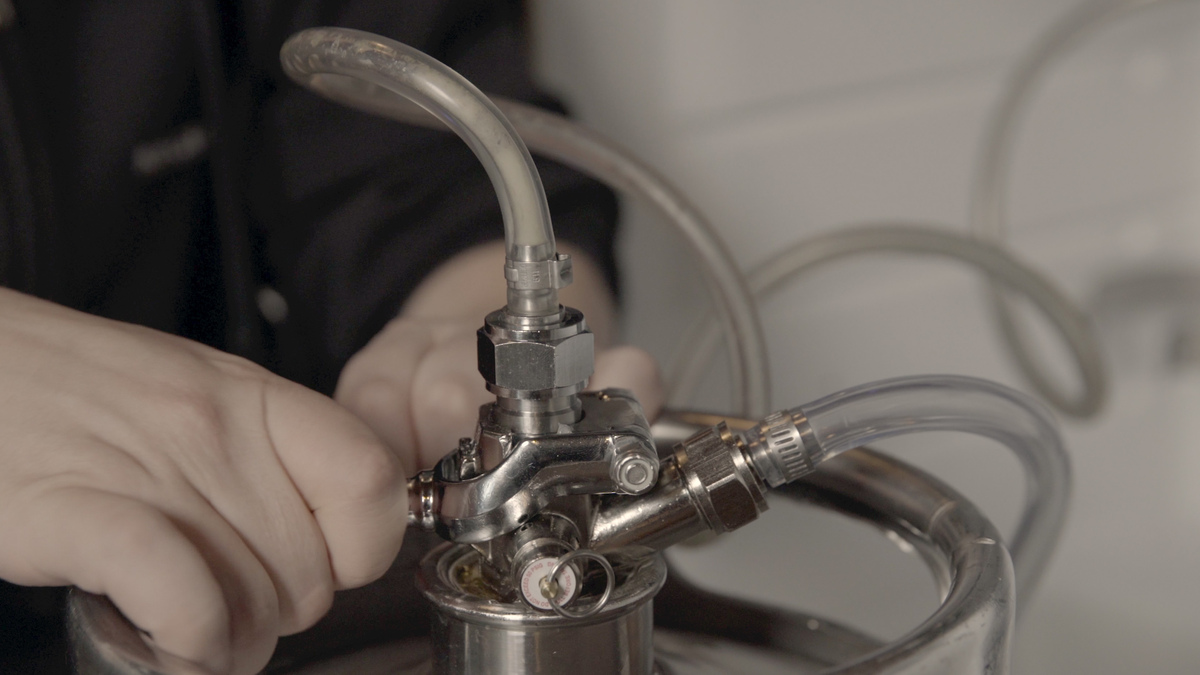

Kitchen Furniture
How To Set Up and Install A Kegerator
Modified: February 20, 2024
Discover expert articles on kegerator how-tos and tips. Learn everything you need to know about setting up, maintaining, and troubleshooting your kegerator for the perfect draft beer experience.
(Many of the links in this article redirect to a specific reviewed product. Your purchase of these products through affiliate links helps to generate commission for Storables.com, at no extra cost. Learn more)
Introduction
Are you a beer enthusiast looking to take your drinking experience to the next level? Look no further than a kegerator – the ultimate addition to any home bar or man cave. A kegerator is a specialized refrigerator designed specifically for storing and dispensing beer on tap. With a kegerator, you can enjoy the freshness and taste of draft beer in the comfort of your own home.
In this article, we will guide you through the process of setting up and maintaining a kegerator. Whether you’re a seasoned homebrewer or just looking to enjoy your favorite commercial brews, we will cover everything you need to know to get started.
From choosing the right kegerator to installing and maintaining it, we’ll walk you through each step. We’ll also provide troubleshooting tips and advice on serving and enjoying your beer in the best possible way.
So, if you’re ready to up your beer game and become the envy of all your friends, let’s dive in and learn how to set up your very own kegerator.
Key Takeaways:
- Setting up a kegerator involves choosing the right type and size, assembling, and connecting the CO2 tank. Regular cleaning, maintenance, and troubleshooting are essential for optimal performance and enjoying fresh, draft beer at home.
- Serving and enjoying beer from a kegerator is an experience that goes beyond technicalities. Proper glassware, pouring techniques, and savoring the sensory aspects enhance the enjoyment of sharing fresh, carbonated beer with friends and loved ones.
Read more: How To Install Kegerator In Bar
Step 1: Choosing the Right Kegerator
When it comes to choosing the right kegerator, there are several factors to consider. From the type of kegerator to the sizing options, it’s important to make an informed decision to ensure your kegerator meets your needs.
Factors to Consider
Before diving into the different types of kegerators, it’s important to consider a few key factors:
- Budget: Determine how much you are willing to spend on a kegerator. Prices can vary depending on the size, brand, and additional features.
- Size: Consider the amount of space you have available for the kegerator. Measure the area where you plan to install it to ensure a proper fit.
- Number of Taps: Think about how many different types of beer you want to have on tap at once. Some kegerators offer multiple taps, allowing you to serve different beers simultaneously.
- Temperature Control: Look for a kegerator with adjustable temperature control to ensure your beer is served at the optimal temperature.
- Noise Level: If noise is a concern, consider a kegerator with a quiet operation.
Types of Kegerators
There are several types of kegerators available on the market, each with its own unique features and advantages:
- All-In-One Kegerators: These kegerators come complete with the necessary components, including a CO2 tank and beer lines. They are ready to use out of the box, making them a convenient option.
- Convertible Kegerators: Convertible kegerators can be used as either a refrigerator or a freezer. This versatility allows you to store other beverages or food items when you’re not using it for beer.
- Outdoor Kegerators: Specifically designed for outdoor use, these kegerators are built to withstand various weather conditions and provide optimal cooling performance.
Sizing Options
Kegerators come in a range of sizes to accommodate different needs:
- Mini Kegerators: These compact kegerators are perfect for small spaces or for those who only want to dispense a few beers at a time. They typically hold mini kegs or small kegs.
- Mid-Size Kegerators: Mid-size kegerators can hold standard-sized kegs, making them suitable for home use or small gatherings.
- Full-Size Kegerators: These larger kegerators can hold multiple kegs, making them ideal for large parties or events.
Consider your space limitations and your beer consumption habits when selecting the size of your kegerator.
Now that you have a better understanding of the factors to consider, as well as the different types and sizing options available, you can move on to the next step: setting up your chosen kegerator.
Read more: How To Hook Up A Keg In A Kegerator
Step 2: Setting Up the Kegerator
Once you’ve chosen the right kegerator for your needs, it’s time to set it up and get it ready for use. This step will guide you through the unboxing, assembly, placement considerations, and connecting the CO2 tank.
Unboxing and Assembly
Begin by carefully unboxing your kegerator, taking care to remove any packaging materials. Follow the manufacturer’s instructions for assembly, ensuring that all parts and accessories are included. This typically involves attaching the tap tower, installing the drip tray, and attaching the beer lines.
It’s important to read and understand the assembly instructions provided by the manufacturer to ensure proper and safe assembly. If you encounter any difficulties, consult the manufacturer’s customer support or online resources for assistance.
Placement Considerations
Choosing the right location for your kegerator is crucial for optimal performance and convenience. Consider the following factors when deciding on the placement:
- Stability: Place the kegerator on a level surface to ensure stability and prevent any potential accidents.
- Adequate Ventilation: Allow enough space around the kegerator for proper ventilation to maintain optimal cooling performance.
- Avoiding Direct Sunlight: Keep the kegerator away from direct sunlight as it can affect the temperature and quality of the beer.
- Accessibility: Position the kegerator in a location that is easily accessible for serving and maintenance purposes.
Connecting the CO2 Tank
Most kegerators use a CO2 tank to pressurize and carbonate the beer. Follow these steps to connect the CO2 tank:
- Ensure the kegerator is unplugged and turned off.
- Locate the CO2 tank and its regulator. The regulator is responsible for controlling the pressure of the CO2 gas.
- Attach the regulator to the CO2 tank according to the manufacturer’s instructions. This typically involves screwing it onto the tank’s valve.
- Check that the regulator’s pressure adjustment knob is fully closed (turned all the way to the left).
- Connect one end of the CO2 gas line to the regulator’s outlet port.
- Next, locate the CO2 inlet nipple on the kegerator and connect the other end of the gas line to it.
- Double-check all connections to ensure they are secure.
Once the CO2 tank is connected, you’re ready to move on to the next step: cleaning and sanitizing your kegerator.
Read more: How To Install Under Counter Kegerator
Step 3: Cleaning and Sanitizing
Proper cleaning and sanitizing of your kegerator is essential to maintain the quality and taste of your beer. This step will guide you through the process of cleaning the kegerator, sanitizing the beer lines, and cleaning the faucet and tap.
Cleaning the Kegerator
It’s important to regularly clean the interior of your kegerator to remove any residue and prevent the buildup of bacteria or mold. Follow these steps to clean the kegerator:
- Unplug the kegerator and remove all the keg and tap components.
- Wipe down the interior surfaces with warm, soapy water using a clean cloth or sponge. Pay close attention to the walls, shelves, and any other areas that may have come into contact with spills or residue.
- Rinse the surfaces with clean water to remove any soap residue.
- Dry the interior thoroughly using a clean towel or allow it to air dry.
Sanitizing the Beer Lines
Sanitizing the beer lines is crucial to ensure that your beer is poured through clean and bacteria-free lines. Follow these steps to sanitize the beer lines:
- Prepare a sanitizing solution using a food-grade sanitizer, following the manufacturer’s instructions.
- Fill a clean container or bucket with the sanitizing solution.
- Detach the beer lines from both the keg coupler and the faucet.
- Submerge the lines in the sanitizing solution and let them soak for the recommended duration.
- After the soaking period, rinse the lines thoroughly with clean water to remove any traces of sanitizer.
- Reattach the lines to the keg coupler and the faucet, ensuring they are securely connected.
Cleaning the Faucet and Tap
The faucet and tap handle are components that come into direct contact with the beer, so it is important to keep them clean and free from any contaminants. Follow these steps to clean the faucet and tap:
- Detach the tap handle from the faucet by unscrewing it.
- Remove any beer residue from the faucet by soaking it in warm, soapy water.
- Use a faucet brush or a cleaning brush to gently scrub the inside and outside of the faucet to remove any buildup or debris.
- Rinse the faucet thoroughly with clean water.
- Clean the tap handle using a cloth or sponge soaked in warm, soapy water. Pay attention to any crevices or grooves.
- Rinse the tap handle with clean water and dry it with a clean towel.
- Reattach the tap handle to the faucet, ensuring it is securely tightened.
By regularly cleaning and sanitizing your kegerator, you can ensure that your beer is served in a clean and optimal condition. With your kegerator clean and ready, it’s time to move on to the next step: installing the keg.
Read more: How To Install A Fan Inside A Kegerator
Step 4: Installing the Keg
Now that your kegerator is set up and properly cleaned, it’s time to install the keg and get ready to pour some beer. This step will guide you through preparing the keg, tapping the keg, and checking for any leaks.
Preparing the Keg
Before tapping the keg, you need to ensure it is properly prepared:
- Place the keg in the kegerator, ensuring it fits securely and is positioned correctly.
- Allow the keg to settle for a few hours, especially if it has been transported or shaken during delivery.
- Ensure that the pressure relief valve on the keg is closed. This valve helps release excess pressure if needed.
- Make sure the keg is thoroughly chilled to the desired serving temperature. Consult the beer manufacturer’s recommendations for the ideal temperature.
Tapping the Keg
Follow these steps to tap the keg and connect it to the beer lines:
- Ensure that the CO2 tank is turned off or the regulator’s pressure adjustment knob is fully closed.
- Connect the keg coupler to the keg by aligning the coupler’s fitting with the keg’s valve and applying downward pressure.
- Rotate the keg coupler clockwise until it locks securely onto the keg.
- Turn on the CO2 tank or slowly open the regulator’s pressure adjustment knob to allow gas to enter the keg.
- Pressurize the keg by adjusting the regulator to the recommended pressure for the beer you are serving. Consult the beer manufacturer’s guidelines for the appropriate pressure.
- Check the instruction manual for your specific kegerator to determine how long it will take for the keg to reach the proper carbonation level.
Checking for Leaks
After tapping the keg, it’s important to check for any leaks that may affect the beer’s quality and dispensing performance:
- Inspect all connections, including the keg coupler, beer lines, and faucets, for any signs of leaks or loose connections.
- Check the pressure gauge on the regulator to ensure it is stable and not dropping rapidly, indicating a leak.
- Apply a solution of soapy water to the connections and look for any bubbles that indicate a leak. If you spot any bubbles, tighten the connection or replace the faulty part.
Take the time to ensure that all connections are secure and leak-free before proceeding to serve your beer. Doing so will prevent any wastage and ensure a smooth dispensing experience.
With the keg properly installed and checked for leaks, you’re now ready to move on to the next step: maintaining your kegerator.
Step 5: Maintaining the Kegerator
Maintaining your kegerator is essential for keeping your beer fresh, carbonated, and tasting great. In this step, we will cover temperature control, pressure management, and regular cleaning and maintenance to ensure optimal performance of your kegerator.
Temperature Control
Temperature plays a crucial role in preserving the quality of your beer. Follow these tips for proper temperature control:
- Set the temperature of your kegerator according to the type of beer you are serving. Consult the beer manufacturer’s recommendations for the ideal serving temperature.
- Regularly monitor the temperature using a thermometer placed inside the kegerator. Adjust the temperature settings as needed to maintain consistency.
- Avoid opening the kegerator frequently or keeping the door open for extended periods, as this can lead to temperature fluctuations.
- Ensure proper air circulation by not overpacking the kegerator with kegs or other items that may block airflow.
Pressure Management
Managing the CO2 pressure is crucial for maintaining the optimal level of carbonation in your beer. Follow these guidelines for pressure management:
- Regularly check the pressure gauge on the CO2 tank or regulator to ensure it is set at the recommended level for the specific beer you are serving. Consult the beer manufacturer’s guidelines for the appropriate pressure.
- Adjust the pressure as needed to achieve the desired carbonation level. Higher pressure will result in more carbonation, while lower pressure will result in less carbonation.
- Be cautious not to overcarbonate the beer, as this can lead to foaming issues. Monitor the carbonation levels and make adjustments accordingly.
- If you notice excessive foaming or slow pouring, it may indicate a pressure issue. Check for leaks and adjust the pressure accordingly.
Regular Cleaning and Maintenance
Regular cleaning and maintenance are vital to prevent any build-up, bacteria growth, or off-flavors in your beer. Follow these steps for cleaning and maintaining your kegerator:
- Perform a thorough cleaning of your kegerator, including the interior, beer lines, and faucets, at regular intervals. Refer to the manufacturer’s instructions for specific cleaning guidelines.
- Replace beer lines and faucets periodically to avoid any contamination or off-flavors. Check for any wear and tear or signs of bacteria growth.
- Clean the drip tray and empty it regularly to prevent any build-up of beer or other debris.
- Inspect the CO2 tank and regulator for any damage or signs of leakage. Replace any faulty parts or components.
- Keep a record of maintenance activities, such as cleaning dates and any replacement parts, to ensure a systematic approach to kegerator maintenance.
By regularly monitoring and maintaining your kegerator, you can ensure that your beer is served at its best quality and avoid any potential issues. With a well-maintained kegerator, your beer-drinking experience will be enjoyable and hassle-free.
Now that you know how to maintain your kegerator, let’s move on to the next step: troubleshooting common issues that may arise.
Read more: How To Set Up Corny Keg To Kegerator
Step 6: Troubleshooting Common Issues
Even with proper maintenance, you may encounter some common issues with your kegerator. In this step, we will discuss how to troubleshoot foamy beer, slow dispensing, and off-flavors in the beer.
Foamy Beer
Excessive foam can be frustrating and result in wasted beer. Here are some potential causes and solutions for foamy beer:
- Improper Temperature: Ensure that the temperature of your kegerator is set correctly. Beer that is too warm can result in excessive foaming. Adjust the temperature to the recommended level for the specific beer you are serving.
- Incorrect Pressure: Check the CO2 pressure and make sure it is set at the recommended level for the specific beer. Over-carbonation can cause excessive foam. Adjust the pressure accordingly.
- Dirty Lines or Faucet: Build-up or bacteria in the beer lines or faucet can cause foaming. Clean and sanitize the lines and faucet regularly to prevent any contamination.
- Improper Pouring Technique: Ensure that you are using the proper pouring technique. Tilt the glass at a 45-degree angle and gradually straighten it as you pour. Avoid aggressive pouring or sudden changes in the angle, as it can lead to increased foam.
Slow Dispensing
If your beer is dispensing slowly, it can be inconvenient and affect the overall beer-drinking experience. Here are some potential causes and solutions for slow dispensing:
- Clogged or Dirty Lines: Build-up or debris in the beer lines can restrict the flow of beer. Clean the lines thoroughly to remove any blockages.
- Temperature Issues: Ensure that the beer is chilled to the recommended serving temperature. Warm beer can result in slower dispensing. Adjust the temperature settings of your kegerator if necessary.
- CO2 Pressure: Check the CO2 pressure and make sure it is set at the appropriate level for the specific beer. Insufficient pressure can cause slow dispensing. Adjust the pressure accordingly.
- Kinked or Damaged Lines: Inspect the beer lines for any kinks or damage that may be obstructing the flow of beer. Replace any damaged lines to ensure smooth dispensing.
Off-Flavors in the Beer
If you notice off-flavors in your beer, it can be disappointing. Here are some potential causes and solutions for off-flavors:
- Dirty Lines or Faucet: Build-up or bacteria in the beer lines or faucet can impart off-flavors to the beer. Clean and sanitize the lines and faucet regularly to prevent any contamination.
- Improper Cleaning: Inadequate cleaning or improper sanitization can lead to off-flavors. Follow the recommended cleaning and sanitizing procedures for your kegerator to ensure a clean and fresh-tasting beer.
- Date or Quality of Beer: Check the freshness and quality of the beer itself. Some off-flavors may be a result of beer that has passed its expiration date or has not been properly stored.
- Improper Pressure or Carbonation: Incorrect pressure or carbonation levels can affect the flavor of the beer. Ensure that you are using the proper pressure settings recommended for the specific beer.
If you continue to experience issues with your kegerator despite troubleshooting, it’s recommended to consult the manufacturer’s instructions or contact their customer support for further assistance.
Now that you know how to troubleshoot common issues, let’s move on to the final step: serving and enjoying your beer.
Read more: How To Set Up True Commercial Kegerator
Step 7: Serving and Enjoying the Beer
After all the setup, cleaning, and troubleshooting, it’s time to savor the fruits of your labor and enjoy a perfectly poured glass of beer. This final step will guide you through serving and enjoying your beer with proper glassware, pouring techniques, and some additional serving tips.
Proper Glassware
Choosing the right glassware can enhance the sensory experience of drinking beer. Here are some common types of glassware for different beer styles:
- Pint Glass: Ideal for most styles of beer, pint glasses are versatile and widely used for beers like ales, lagers, and stouts.
- Tulip Glass: This glass is suited for aromatic beers, such as IPAs and Belgian ales, as its shape concentrates the aromas at the top.
- Snifter Glass: Often used for strong, aromatic beers like Belgian ales and barrel-aged beers, the shape of the snifter helps trap and enhance the beer’s aromas.
- Pilsner Glass: Designed for lighter beers like pilsners and lagers, the tall, slender shape showcases the beer’s clarity and effervescence.
Choose the appropriate glassware that complements the style and characteristics of the beer you are serving to enhance the drinking experience.
Pouring Techniques
Mastering the art of pouring can help create a visually appealing and properly carbonated beer. Follow these pouring techniques:
- Hold the glass at a 45-degree angle and slowly pour the beer into the glass, directing the stream of beer to the side of the glass.
- Gradually straighten the glass as it fills, maintaining a steady flow to control the amount of foam created.
- Leave a small space at the top of the glass to allow room for the foam to settle.
- Pouring techniques may vary depending on the beer style, as some styles require a larger or smaller head of foam.
Serving Tips
Here are some additional tips to enhance the experience of serving and enjoying your beer:
- Allow the beer to breathe for a few moments after pouring to release any potential off-flavors caused by excessive carbonation.
- Take a moment to appreciate the beer’s appearance, noting its color, clarity, and foam characteristics.
- Smell the beer by gently swirling it to release its aromas and bring the glass to your nose. Take a deep breath in to fully appreciate the complex scents.
- Sip the beer slowly, allowing the flavors to unfold on your palate. Take note of the beer’s taste, mouthfeel, and any unique characteristics it may have.
- Experiment with food pairings to enhance the flavors and complement the beer. Different beers pair well with various types of cuisine, so explore and find your favorite combinations.
Remember, the joy of beer lies not just in consumption but in the entire experience, from pouring to savoring its flavors and aromas. So, take your time, relish the moment, and share your passion for great beer with friends and loved ones.
With this final step, you are now equipped with the knowledge to set up, maintain, and enjoy your kegerator to the fullest. Cheers to a perfectly poured pint from your very own kegerator!
Read more: What Happens When A Kegerator Freezes Up
Conclusion
Congratulations! You have successfully learned how to choose, set up, clean, troubleshoot, and enjoy your very own kegerator. With this newfound knowledge, you can elevate your beer-drinking experience and impress your friends and guests with fresh, draft beer straight from the tap.
The process of setting up a kegerator may seem daunting at first, but by following the step-by-step guide provided in this article, you are well-equipped to navigate through the process with ease. From choosing the right kegerator based on your needs and preferences to setting it up, cleaning and sanitizing it regularly, and troubleshooting common issues, you now have the confidence and know-how to maintain a well-functioning kegerator.
Remember, proper temperature control, pressure management, and regular cleaning and maintenance are key to ensuring that your beer is served at its best quality. By paying attention to these details, you can enjoy fresh, carbonated beer on tap whenever you desire.
Furthermore, the joy of serving and enjoying beer goes beyond the technical aspects. Understanding the importance of proper glassware, mastering pouring techniques, and appreciating the sensory experience of drinking beer add an extra layer of enjoyment to the process. Take the time to savor the flavors, aromas, and visual presentation of your beer.
So go ahead, invite your friends over, and proudly offer them a perfectly poured pint from your kegerator. Share your passion for great beer and the joy of having a kegerator in your home. Remember, a great beer deserves to be enjoyed in good company.
Lastly, should you encounter any challenges or need further assistance along the way, always refer to the manufacturer’s instructions or reach out to their customer support for guidance. With their expertise and support, you can overcome any obstacles and continue to enjoy your kegerator to its fullest potential.
Thank you for joining us on this kegerator journey. We hope that this comprehensive guide has left you feeling confident and excited to embark on this amazing beer-drinking adventure. Cheers to many enjoyable moments and refreshing pints of beer from your very own kegerator!
Frequently Asked Questions about How To Set Up And Install A Kegerator
Was this page helpful?
At Storables.com, we guarantee accurate and reliable information. Our content, validated by Expert Board Contributors, is crafted following stringent Editorial Policies. We're committed to providing you with well-researched, expert-backed insights for all your informational needs.
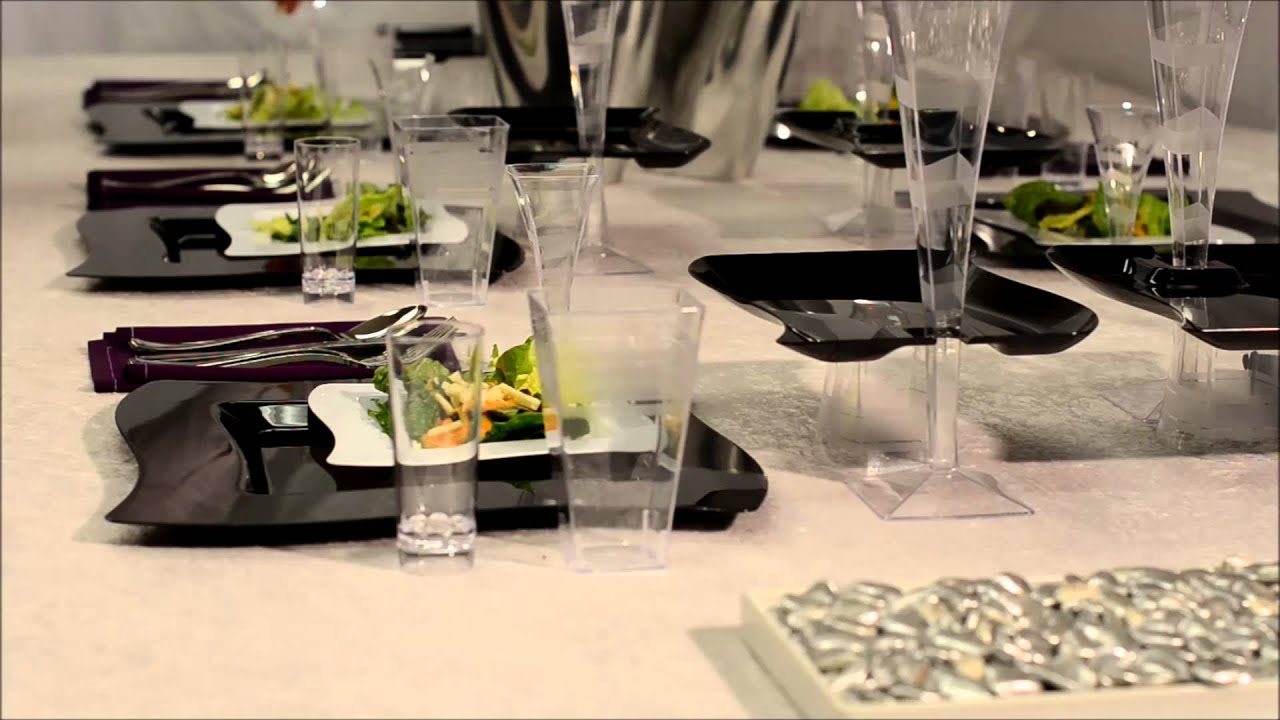
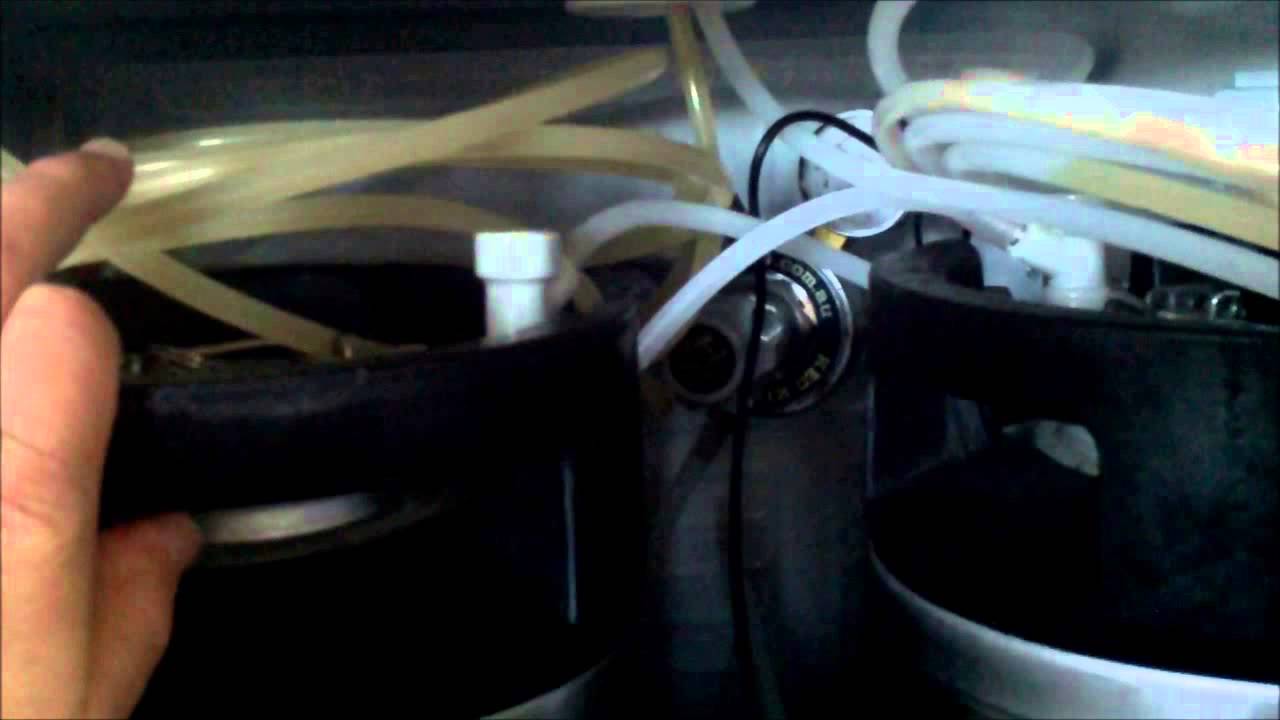
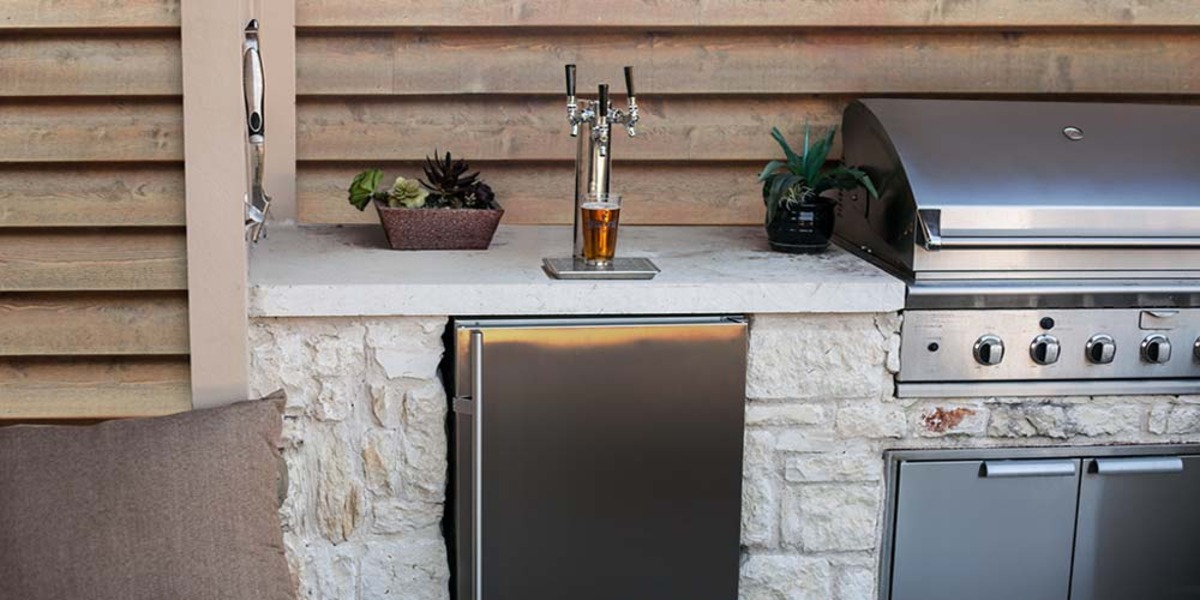
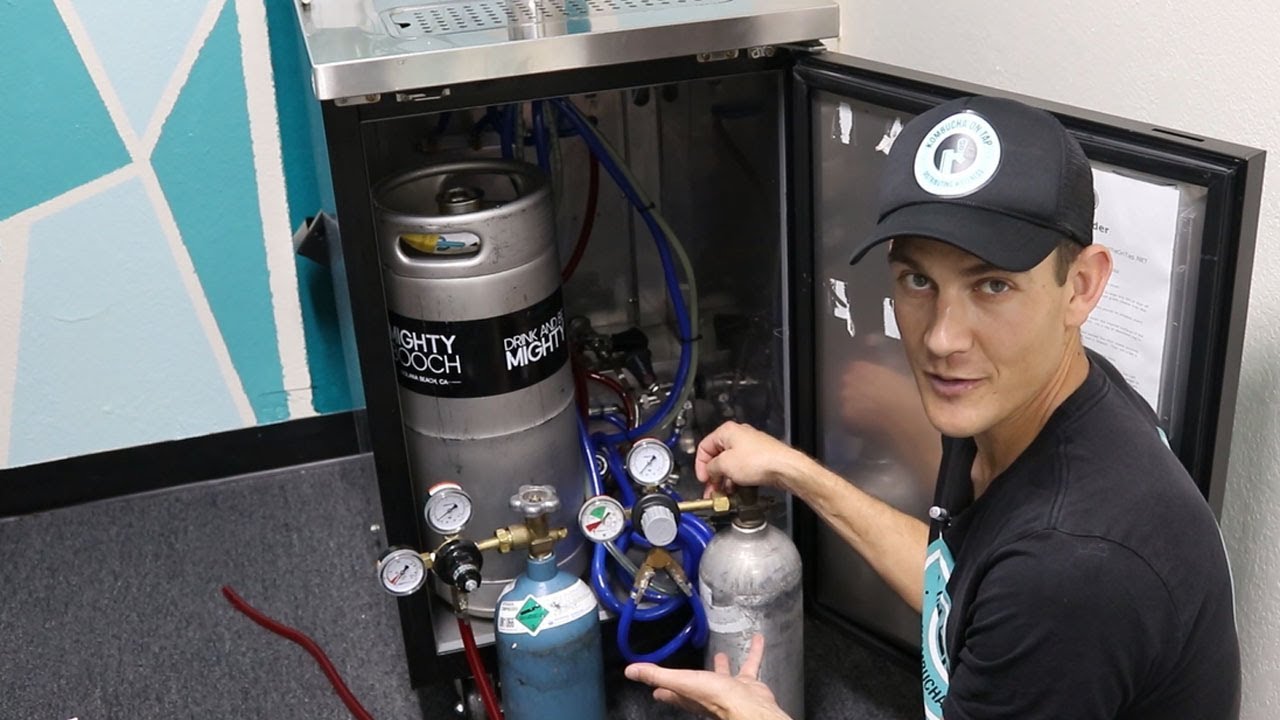

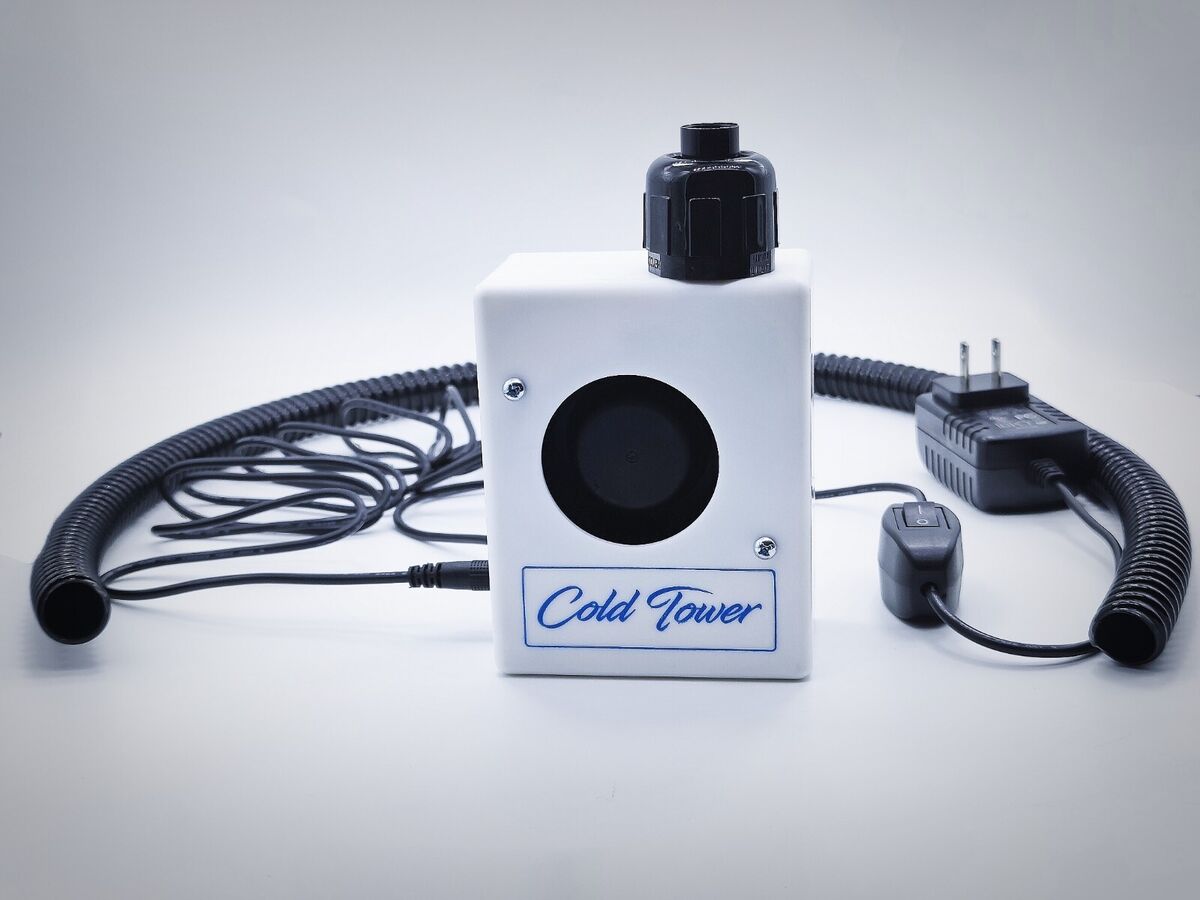
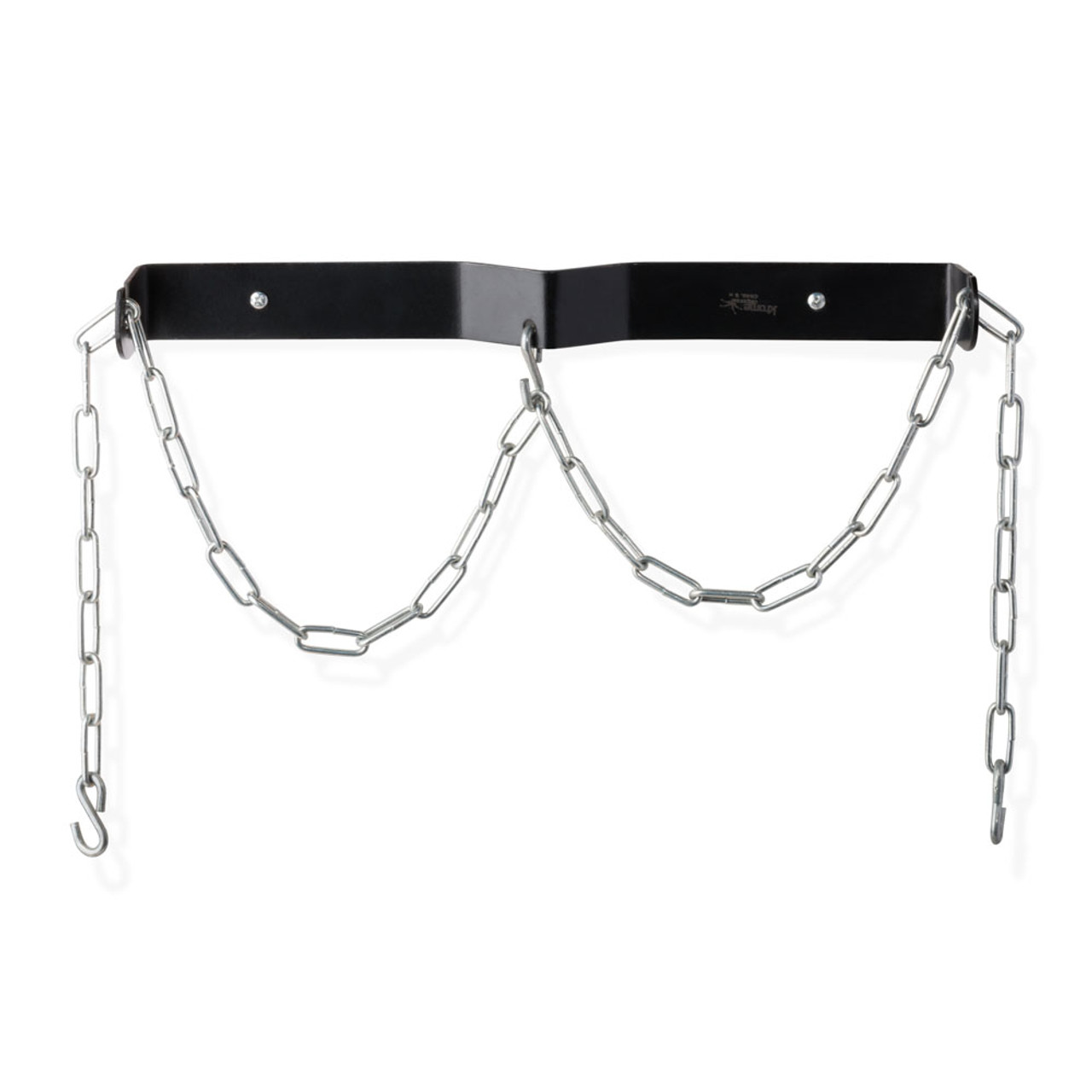
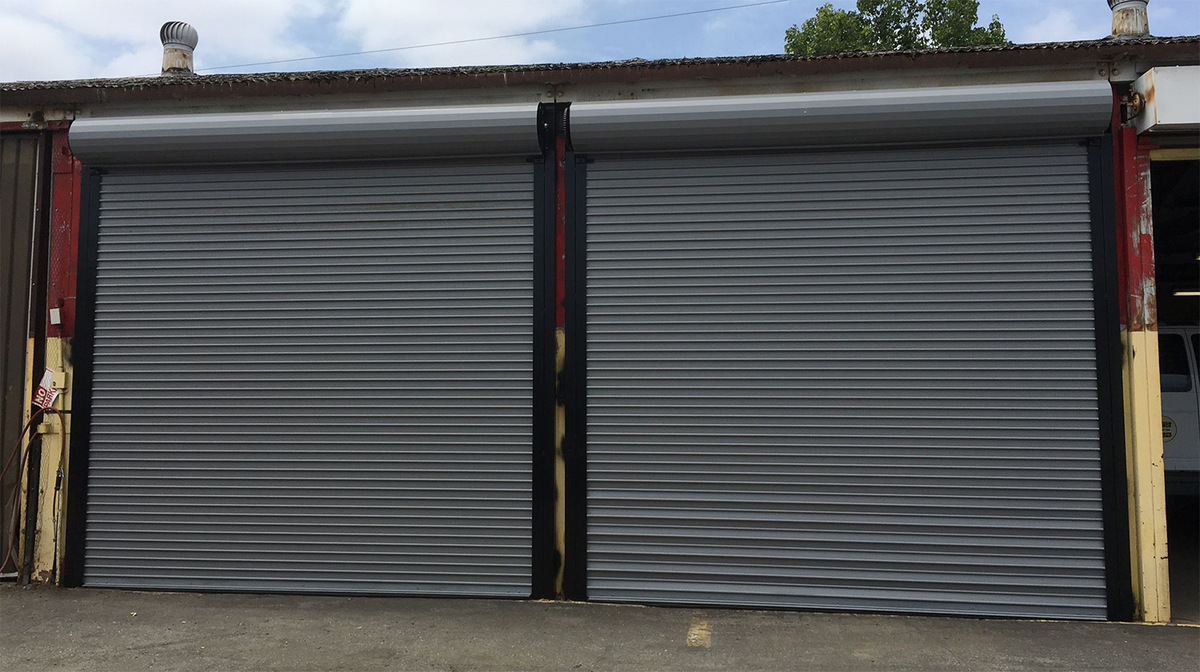

0 thoughts on “How To Set Up and Install A Kegerator”